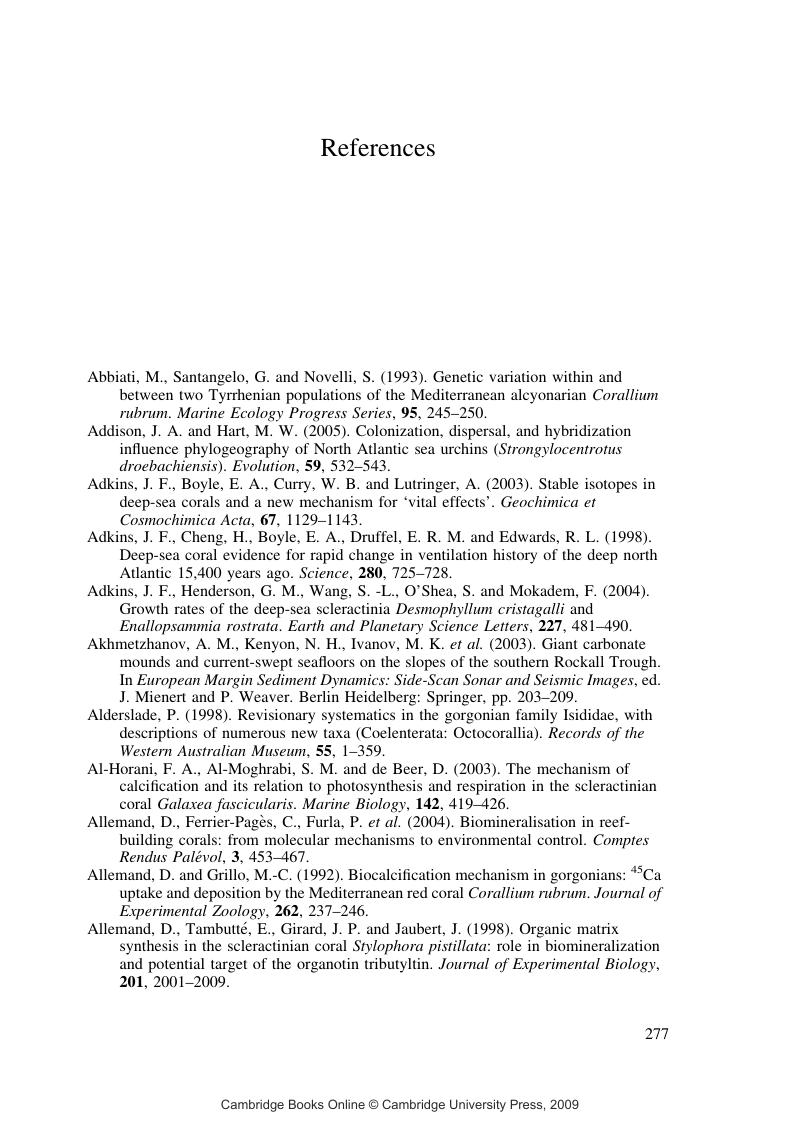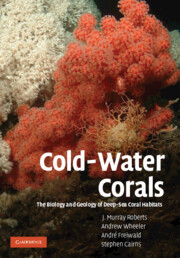Book contents
References
Published online by Cambridge University Press: 23 December 2009
Summary

- Type
- Chapter
- Information
- Cold-Water CoralsThe Biology and Geology of Deep-Sea Coral Habitats, pp. 277 - 323Publisher: Cambridge University PressPrint publication year: 2009



